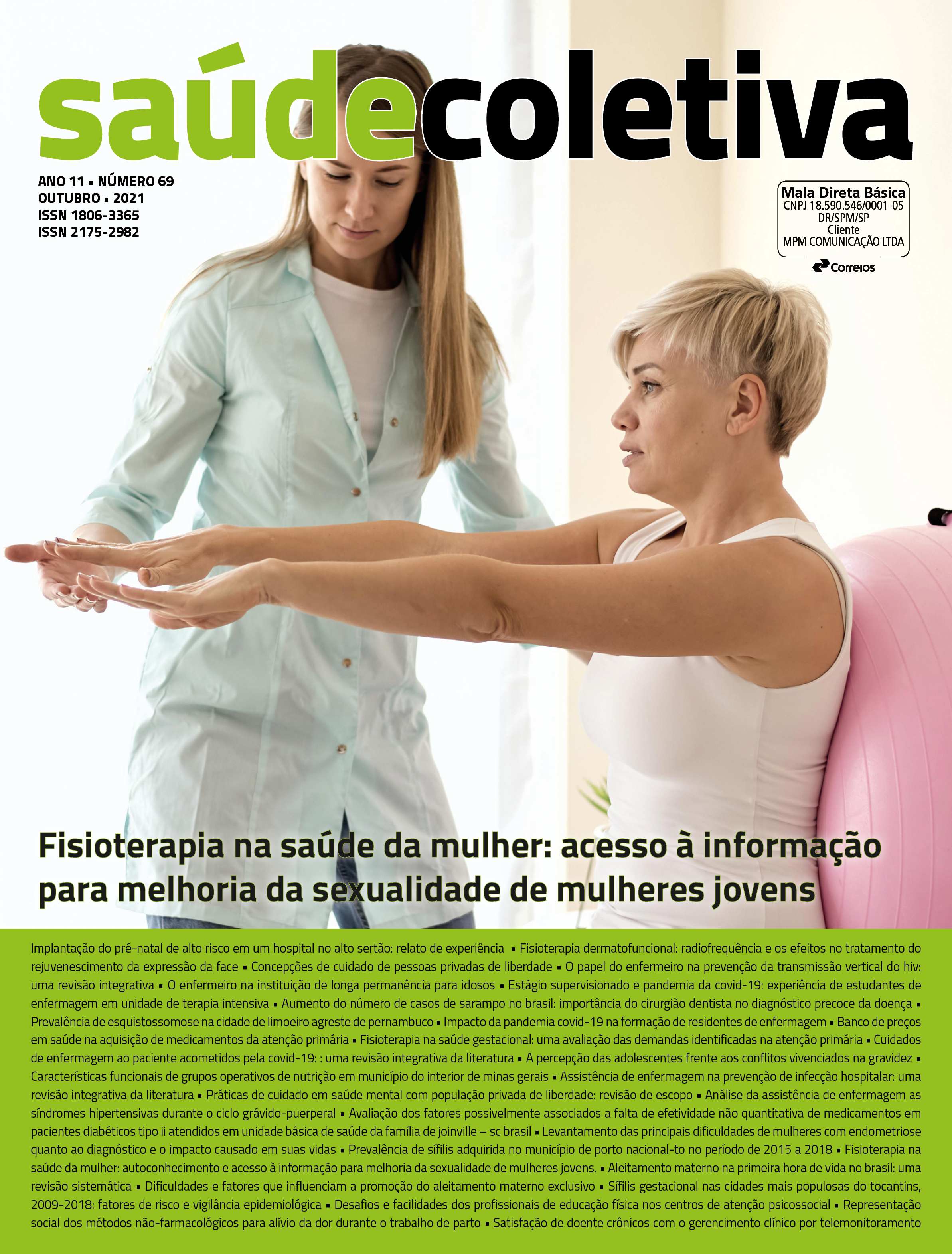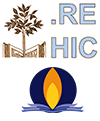O PROTAGONISMO DA TOMOGRAFIA COMPUTADORIZADA DE TÓRAX NO DIAGNÓSTICO DA PNEUMONIA OCASIONADA POR SARS-COV-2 E O PAPEL DA TÉCNICA NO ATENDIMENTO À POPULAÇíO DURANTE A PANDEMIA COVID-19.
Palavras-chave:
TOMOGRAFIA COPUTADORIZADA, TÓRAX, COVID-19Resumo
Introdução: A tomografia computadorizada mostra-se útil no contexto atual da pandemia, proporcionando avaliação da extensão da doença, possíveis diagnósticos diferenciais e pesquisa de complicações. O método tem papel central na detecção precoce e tratamento dos sintomas pulmonares da COVID-19. Objetivo: Analisar as principais características do acometimento populacional por pneumonia de etiologia viral Sars-Cov-2 durante a pandemia de COVID-19, em 2020. Método: A amostra compreende os casos de pacientes com suspeita de pneumonia por COVID-19 arquivados em banco de dados do Sistema PACS da referida clínica. As imagens foram adquiridas em equipamento de Tomografia Computadorizada Multislice Toshiba Modelo Alexion, 32 canais devidamente calibrado. A população deste estudo foi composta por pacientes submetidos ao exame de tomografia computadorizada para pesquisa de penumonia ocasionada por COVID-19, no período de 01 a 30 de abril de 2020, encaminhados ao serviço de tomografia computadorizada da Clínica Omnimagem, localizada em Fortaleza, Ceará. Resultados: Foram admitidos 103 pacientes, com média de idade de 55,87 anos para realização de exame de tomografia computadorizada de tórax dentre os quais 57 eram homens, compreendendo 55,33 % dos indivíduos examinados e 46 eram mulheres (44,66 %). O quantitativo de pacientes que apresentaram imagens sugestivas para COVID-19 foi de 67, correspondendo a 65 % do total de pacientes admitidos. A média geral de idade dos pacientes com tomografia positiva para infecção foi de 58,68 anos e 58% dos pacientes com tomografia positiva para pneumonia eram homens (39). Os principais achados descritos em laudo nas tomografias computadorizadas de tórax analisadas foram: padrão de vidro fosco em 97,01 % dos casos, consolidações parenquimatosas em 13,43 % exames, estrias em 29,85 % e derrame pleural em 4,47% dos pacientes examinados.Discussão: O diagnóstico proporcionado pela tomografia computadorizada vem desempenhando papel fundamental como ferramenta extremamente importante para estabelecimento de conduta terapêutica precoce, monitoramento e determinação de isolamento do paciente infectado contribuindo ativamente para a contenção da disseminação da doença.Conclusão: A tomografia computadorizada vem exercendo importante papel durante a pandemia, auxiliando na avaliação da extensão da doença e possíveis complicações, consolidando-se como diagnóstico alternativo. A tomografia computadorizada de tórax demonstra protagonismo como ferramenta diagnóstica disponível e tem sido determinante para o isolamento e monitoramento de grande parcela dos pacientes infectados.







